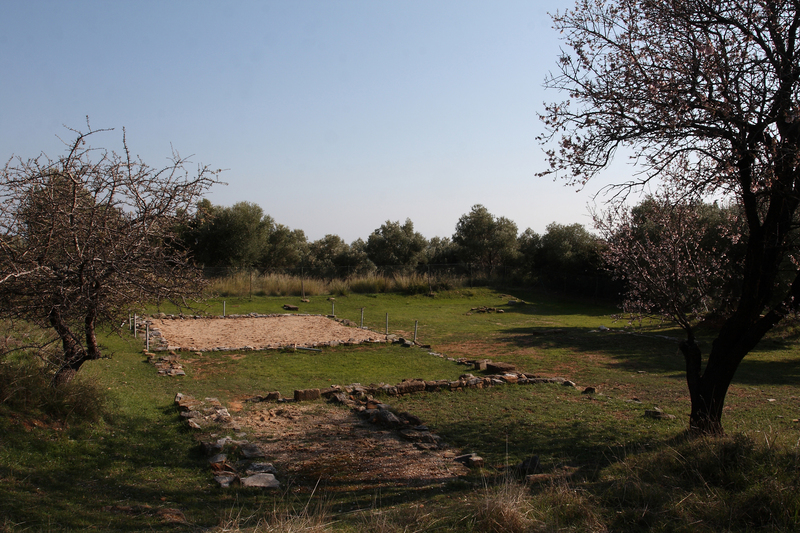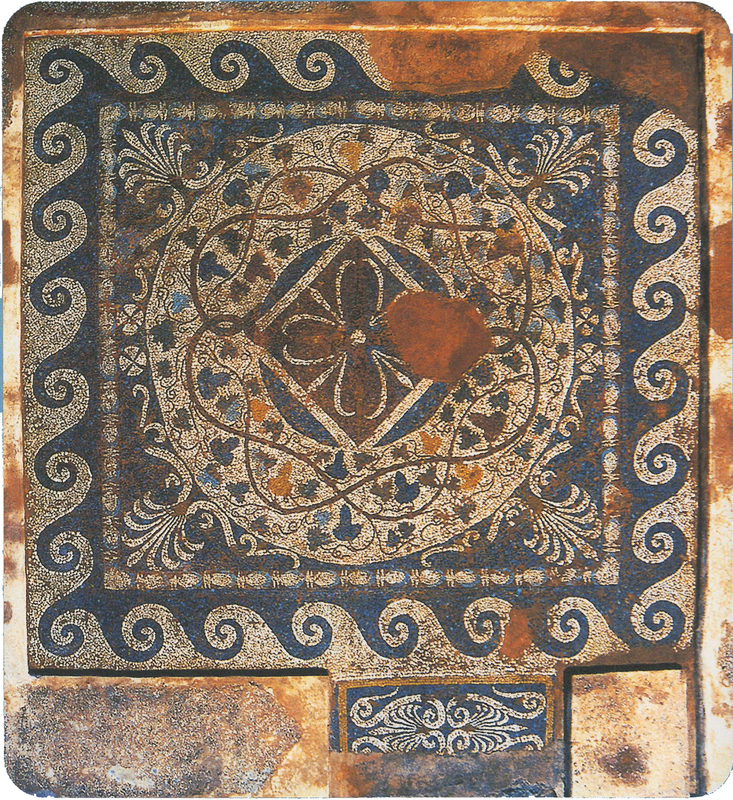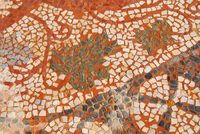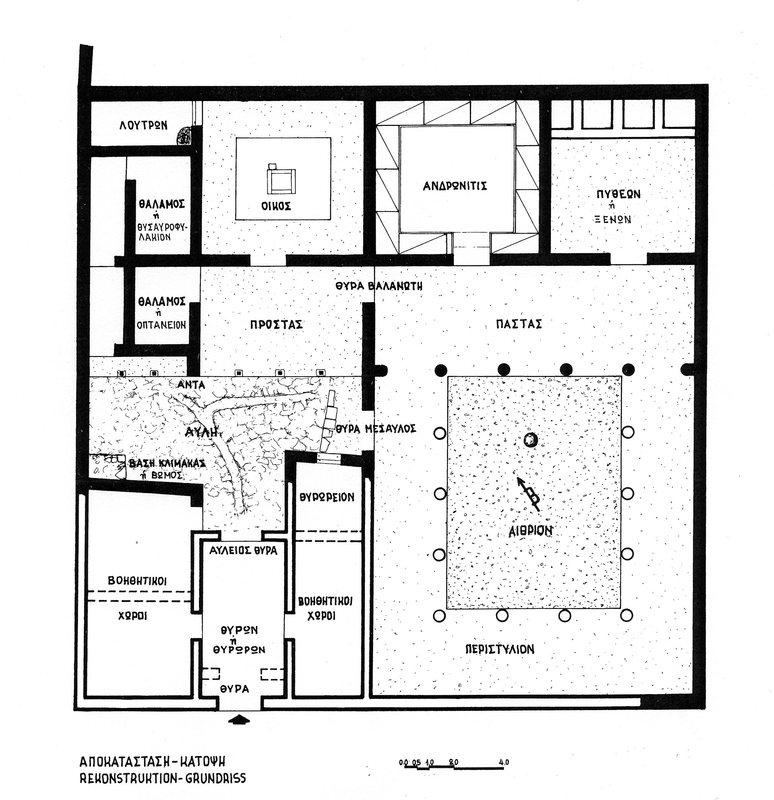Mosaic residence


Southwest of the Ancient Theatre, three buildings of the 4th century have been uncovered, with an impressive retaining wall which holds their terraces.
Southwest of the Ancient Theatre there is the district with the famous houses of the Maronites from the 4th and 3rd century BC century. The rooms have been built around two courtyards, one paved, leading to the service rooms of the house, the kitchen and bathroom and a patio with a colonnade, which leads to the main room of the house, the "androna". One courtyard, the one which is dated in the 3rd century BC, has an area of 645 sq.m and features mosaic floors.
The floor plan represents a typical example of the later classical house of ancient Maronia, which, like the theater, as regards their construction, they follow the principles of the Roman author and architect Vitruvius. The distribution of the spaces of the house around two courtyards, corresponds to the description of the "Greek house" in the 9th chapter of the sixth book of Vitruvius with the title "On Architecture" (1st century BC). So, according to the text of the treatise of this great architect, the open-air sites are the two-thirds of the semi-open spaces and about half of the enclosed spaces. Public from private spaces are also distinguished and even the spaces for rest and fun, as well as the family rooms of slaves and animals.
At the place of Paleopigada, late Classical - Hellenistic houses have been excavated. In a house which is dated from the late 4th to the early 3rd century BC, a colorful mosaic floor is preserved in the main room of the house (androna). It is made with natural stones that create geometric patterns and display fruit and vine leaves.
Detail of the mosaic floor with vine leaves and fruits.
X

Copyright © Τριαντάφυλλος Δ., «Αρχαία Θράκη» στο Παπούλια Β., Μερακλής Μ. κ.ά., Θράκη, Γενική Γραμματεία Περιφέρειας Ανατολικής Μακεδονίας - Θράκης, 2000








